Central Europe harbors cities where architectural amber, golden light, and melancholy beauty create perpetual autumn regardless of the calendar. These urban spaces capture the season’s contemplative mood through their colors, rhythms, and historical layers visible in streetscapes and public spaces.
Here is a list of 15 Central European cities where autumn’s introspective spirit lingers throughout the year, inviting visitors into landscapes that celebrate transition and preservation rather than constant renewal.
Český Krumlov’s Meandering Core
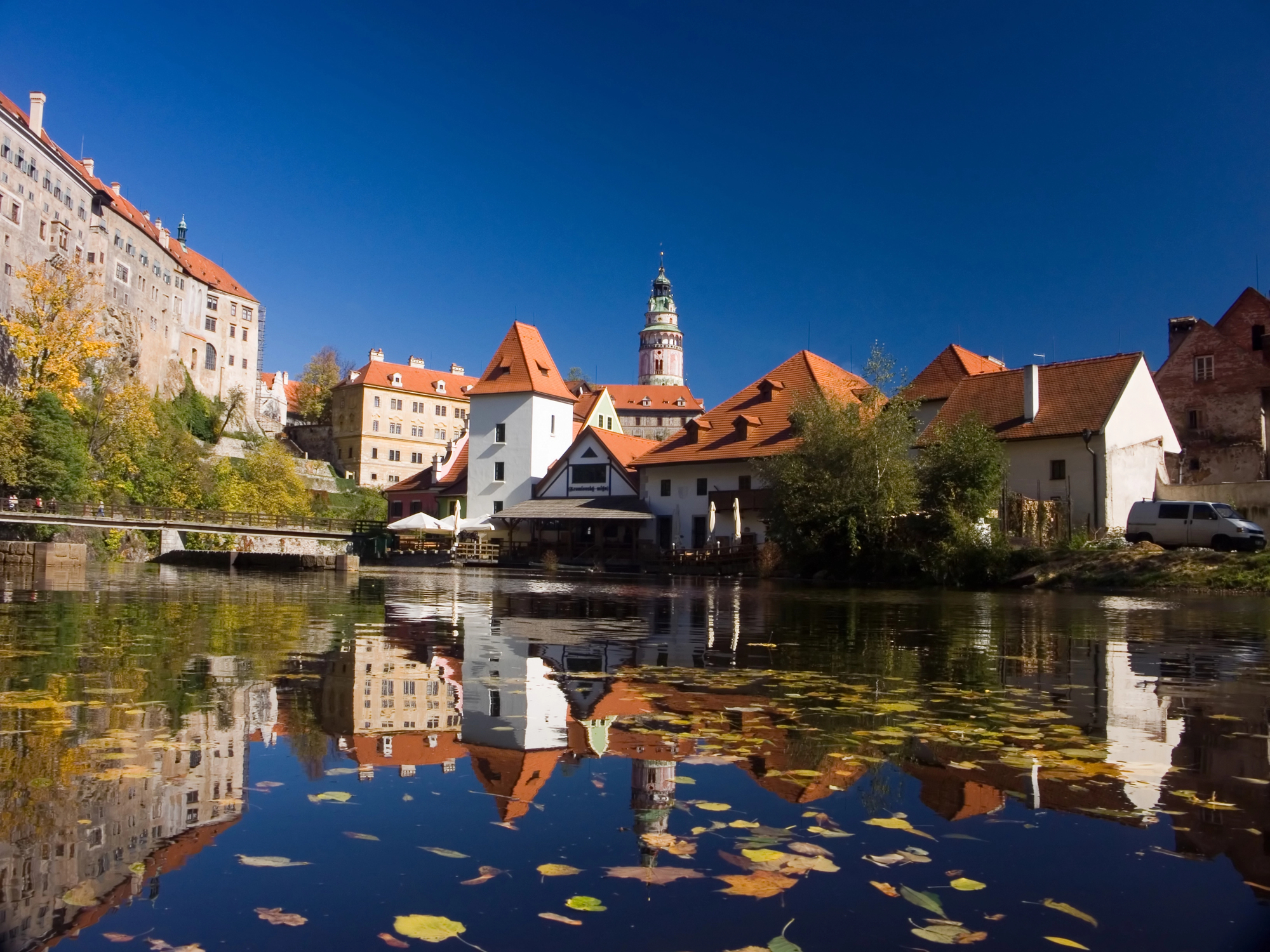
This Czech town wraps around a tight bend in the Vltava River, creating a medieval pocket where autumn seems permanently installed in the architecture. Amber-hued buildings cluster along narrow lanes that follow medieval pathways rather than logical grids, creating unexpected viewpoints around every corner.
The massive castle complex looms above rust-colored rooftops, casting long shadows across the old town even during summer months. The town’s small scale encourages a walking pace that matches autumn’s contemplative mood—slow enough to notice architectural details yet purposeful enough to generate warming movement in cooling air.
Kraków’s Planty Park Ring
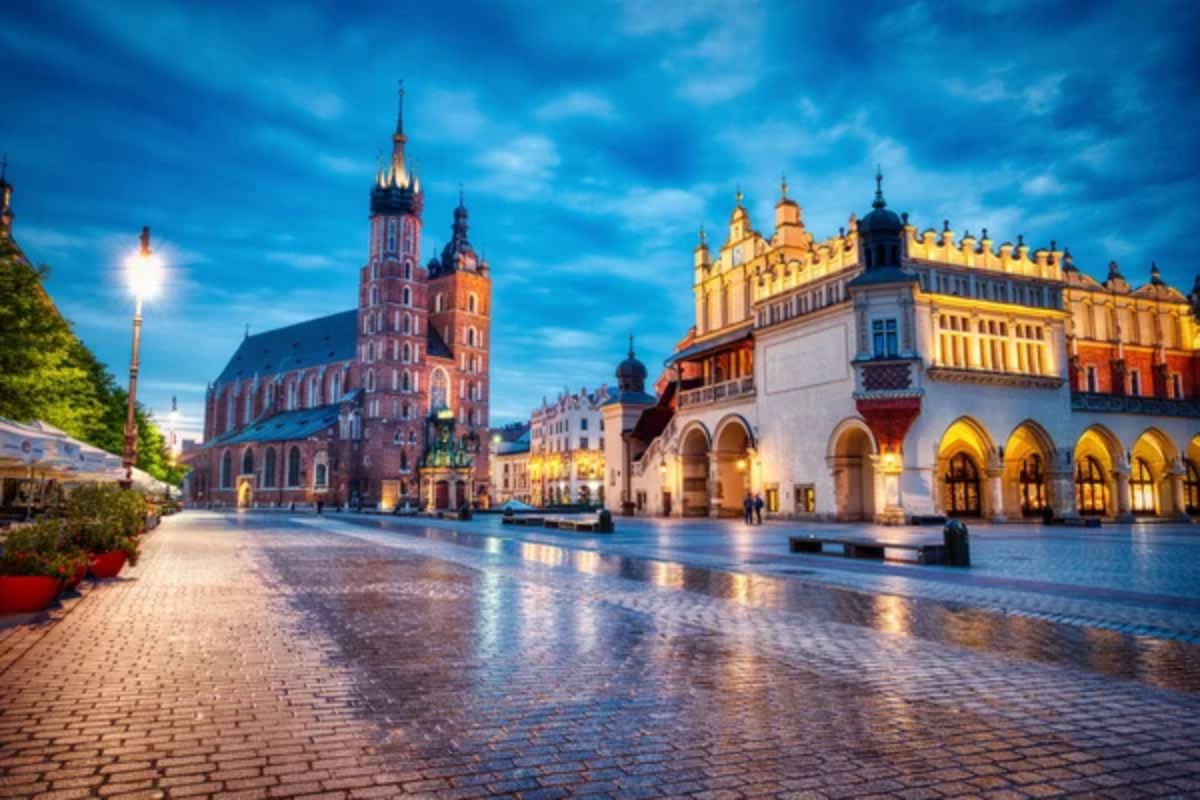
The green belt surrounding Kraków’s old town follows the outline of medieval fortifications, creating a transitional space between the historic center and the modern city. Chestnut and maple trees line walking paths where fallen leaves crunch underfoot from late summer through spring, with only brief intervals of bare branches or new growth.
Café life spills onto these paths with outdoor seating arranged beneath branches regardless of season, encouraging lingering conversations that stretch minutes into hours. The park ring creates natural boundaries for wandering, allowing minds to drift while feet follow established circuits.
Like Travel Pug’s content? Follow us on MSN.
Ljubljana’s Riverside Promenades
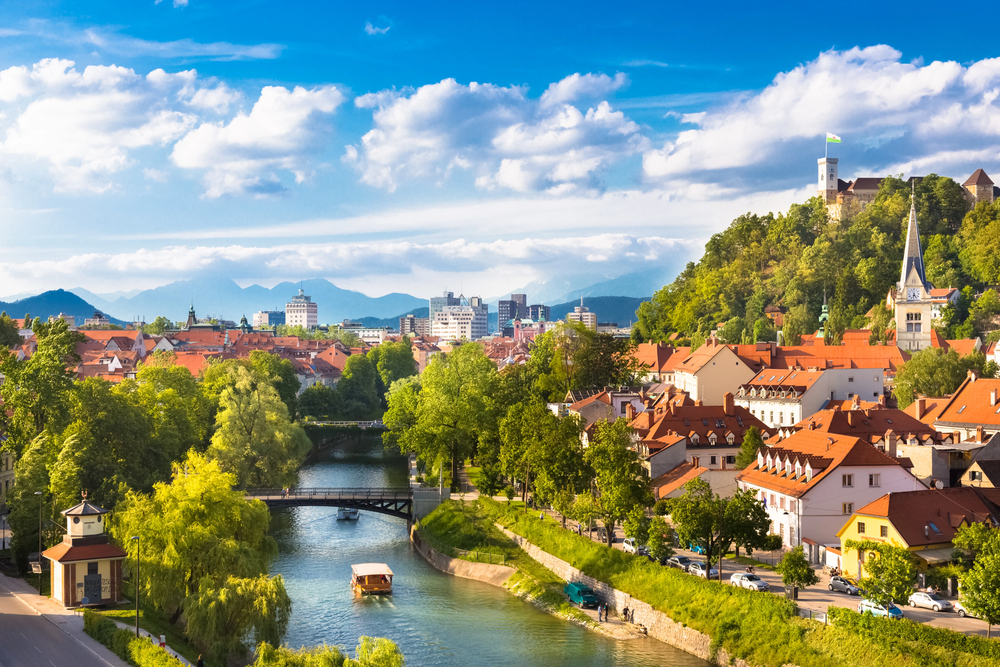
Slovenia’s capital arranges itself along the Ljubljanica River, where weeping willows trail branches into slow-moving waters year-round. The central district maintains an autumn palette through building colors—ochres, russets, burnt siennas—that complement the copper-green patina topping church domes.
Wooden footbridges connect the two banks where sidewalk cafés position chairs facing the water rather than each other, encouraging contemplation alongside conversation. The city’s modest scale creates walking routes manageable in hours rather than days, perfect for the shorter active periods that characterize autumn days.
Brașov’s Medieval Square
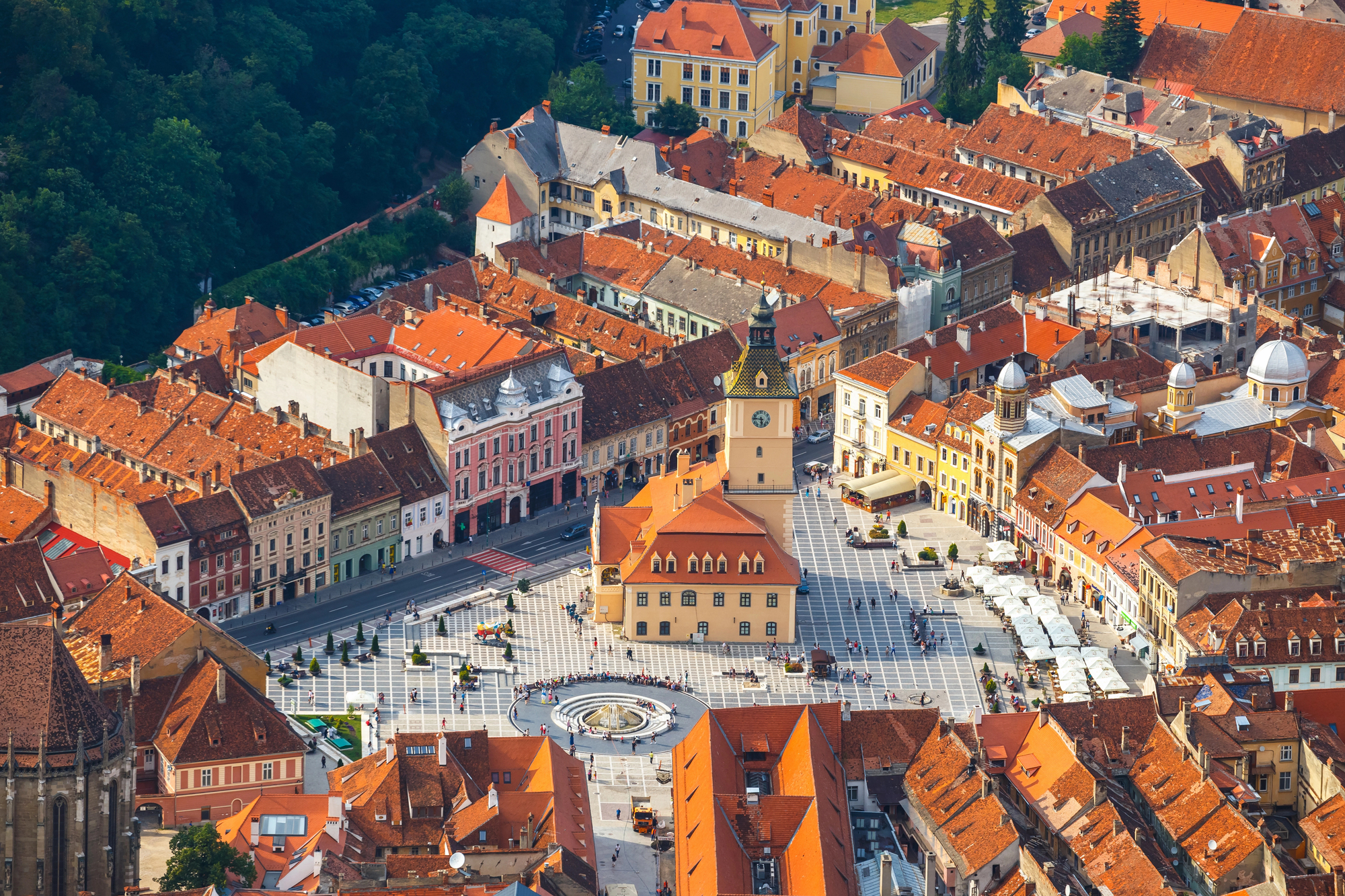
Transylvania’s commercial heart preserves medieval proportions, where buildings in butterscotch and cinnamon hues surround a perfectly proportioned town square. The Black Church looms at one end like autumn storm clouds, its dark stone contrasting with colorful merchant houses that once displayed wealth through architecture rather than advertisements.
Mountain geography means late afternoon shadows arrive early, creating extended golden hours when sunlight strikes building faces while streets fade into dusk. The city’s position within a mountain pass creates natural mists and fogs that soften architectural lines, lending dreamlike quality to urban scenes.
Bratislava’s Castle Hill Paths
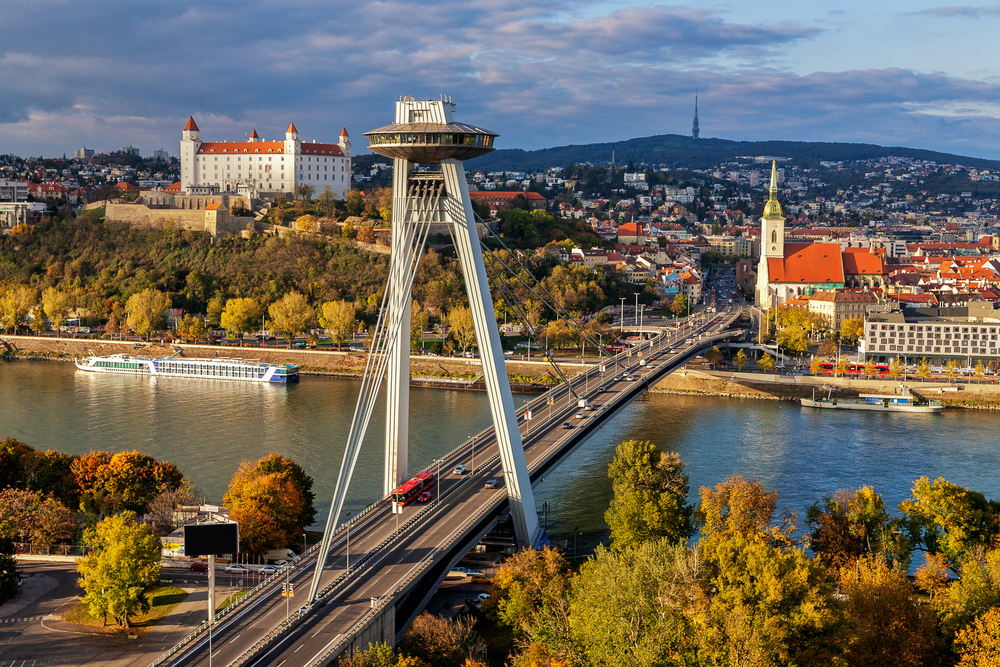
The Slovak capital spreads below its iconic castle, with old town streets climbing the hill through residential neighborhoods rarely featured in tourism materials. These pathways wind between garden walls and small houses painted in subdued colors that absorb rather than reflect light—mustards, burgundies, and deep greens.
Vines grow over walls and across facades, changing colors with seasons yet maintaining textures that create visual interest even in winter dormancy. The routes offer progressive reveals of the city and Danube River below through framed vistas that change with climbing elevation.
Like Travel Pug’s content? Follow us on MSN.
Budapest’s Coffee House Culture
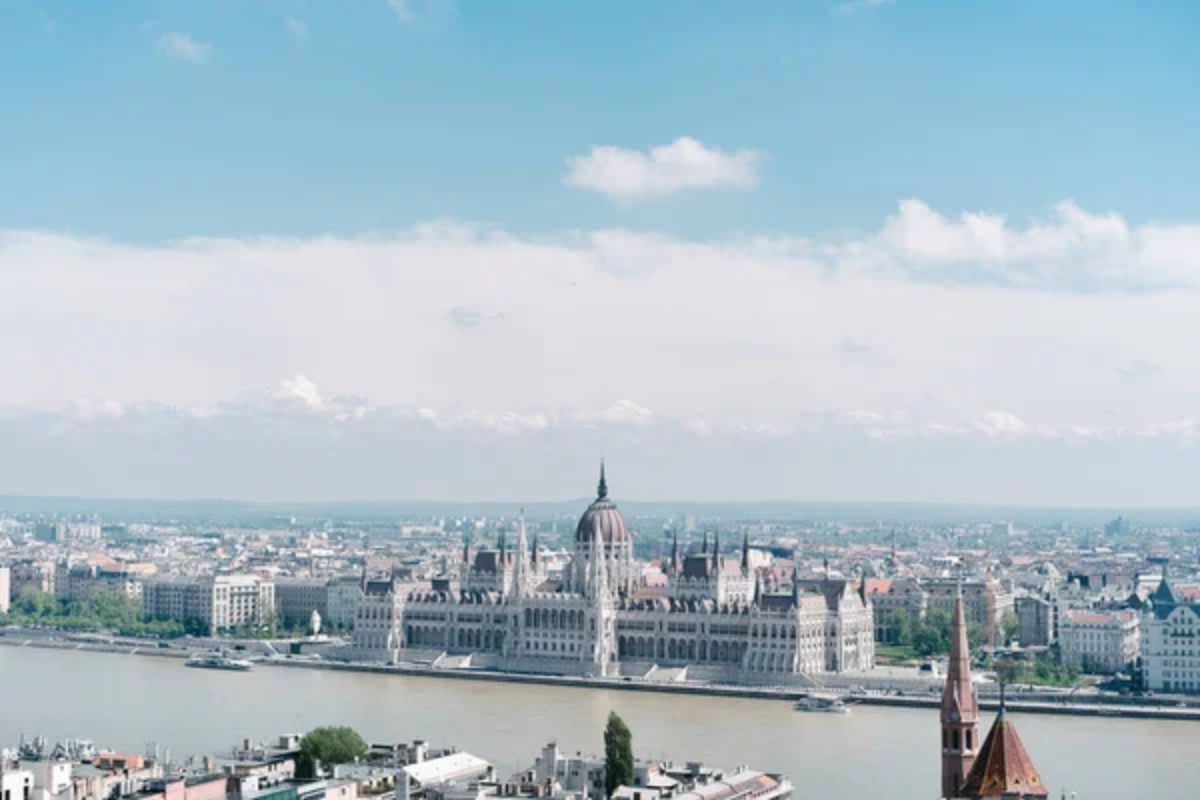
The Hungarian capital preserves café spaces where time moves differently, creating autumn-like contemplation through architectural atmosphere rather than seasonal effects. Historic coffee houses feature amber lighting that warms dark wood paneling and worn leather seating regardless of street conditions outside.
Windows often feature glass that subtly distorts views of passing pedestrians, creating a dreamlike separation between the café interior and urban flow. The coffee ritual itself encourages lingering—small cups served on silver trays with water glasses and perhaps small sweets—establishing a pace that matches autumn’s deliberate rhythms.
Lviv’s Hidden Courtyards
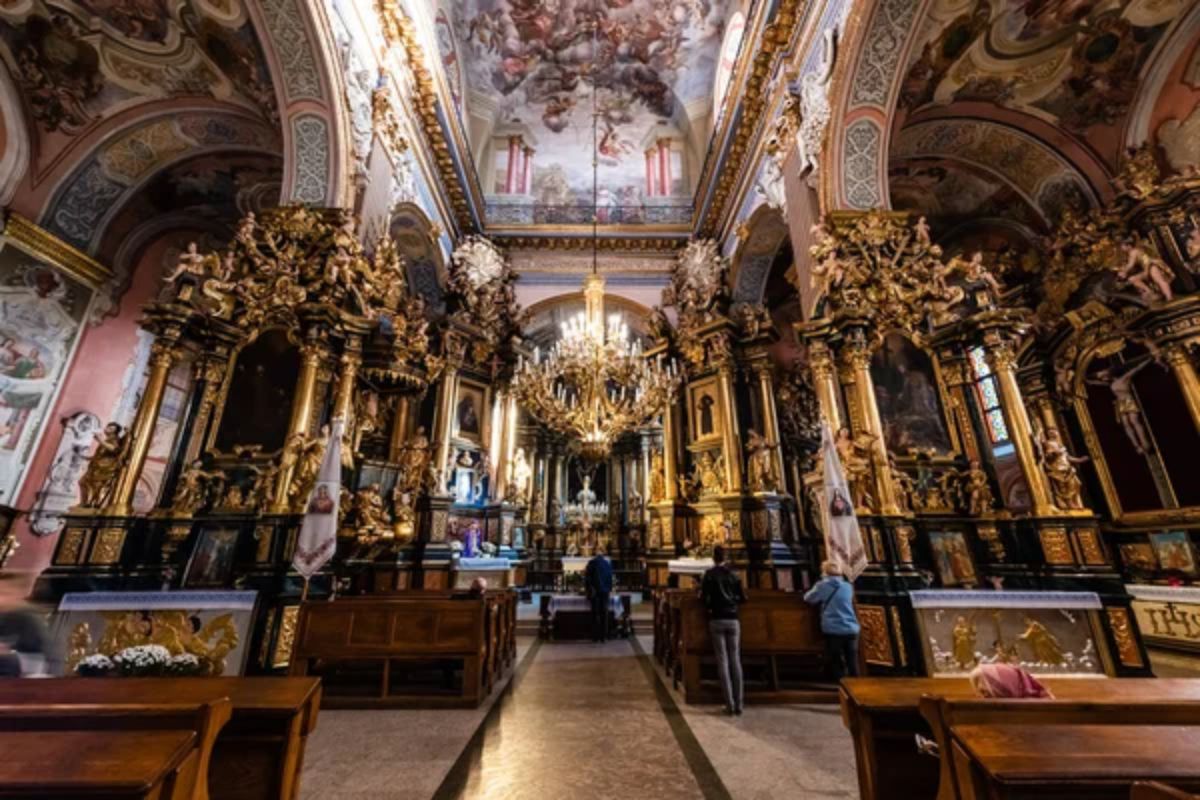
The Ukrainian cultural capital hides interior spaces behind ornate yet weathered facades, creating secret gardens and gathering places within the urban fabric. These courtyards feature cobblestones worn smooth through centuries, often surrounding single trees that drop leaves across tables where locals gather regardless of temperature.
Passages between the street and the courtyard create transitional spaces where light quality changes noticeably, mimicking the forest path experience of moving between clearings. The architectural layering—Habsburg elegance applied over medieval foundations—creates visual complexity that rewards extended observation.
Zagreb’s Upper Town Gaslights
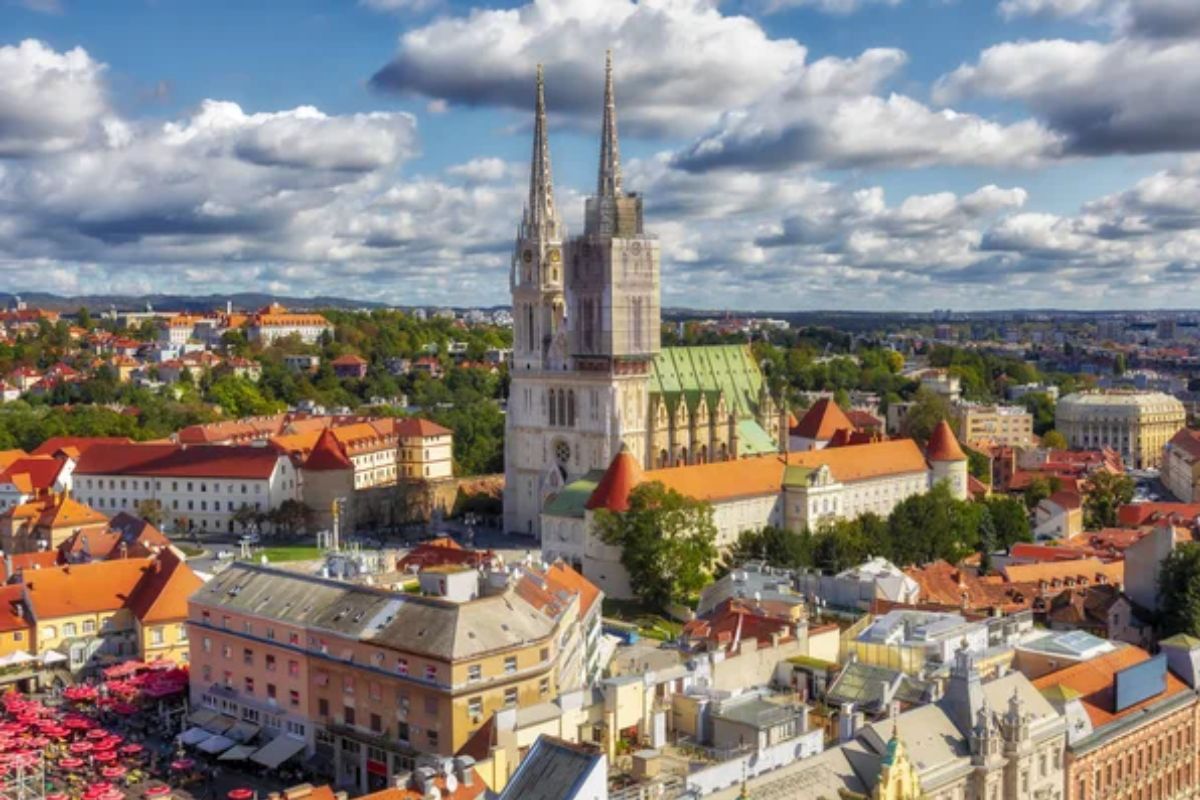
Croatia’s capital maintains gas streetlights in its historic upper district, creating perpetual autumn evenings through their amber glow regardless of season. Narrow lanes connect small squares where buildings in subtle golds and terra cottas present uniform heights interrupted occasionally by church spires.
The funicular connecting upper and lower towns operates at a deliberate pace rather than rushing efficiency, establishing thoughtful transitions between elevations and eras. The upper town’s moderate size creates perfect territory for evening constitutional walks—movement with purpose but without a specific destination.
Like Travel Pug’s content? Follow us on MSN.
Sibiu’s Eyes on the World
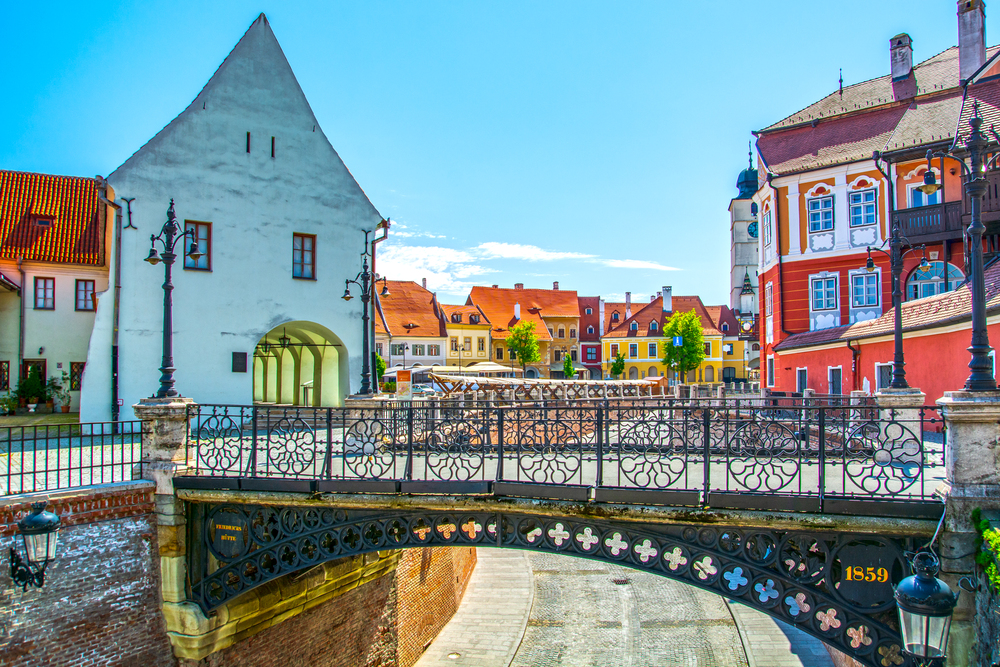
This Romanian city features distinctive roof designs where attic ventilation windows resemble watchful eyes overlooking squares and streets below. The architectural quirk creates impressions of buildings observing human activity rather than merely containing it, establishing a relationship between structure and occupant.
The main squares connect through passages where arched ceilings frame views of activities ahead, creating cinematic progressive reveals between public spaces. Building facades display subdued colors—mustards, sages, clay reds—that absorb rather than reflect light, creating visual warmth even during cloudy weather.
Dresden’s Rebuilt Elegance

The German city reconstructed after wartime destruction maintains autumn’s connection to memory and loss through architecture that acknowledges absence while celebrating reconstruction. The limestone buildings acquire a subtle gold patina that grows more pronounced in late afternoon light, creating warm streetscapes despite classical formality.
The Elbe River provides reflecting surfaces where reconstructed skylines appear alongside actual buildings, doubling architectural presence through water mirrors. Music remains central to city identity, with concerts and spontaneous performances creating soundscapes that complement visual history.
Vilnius’s Baroque Layers
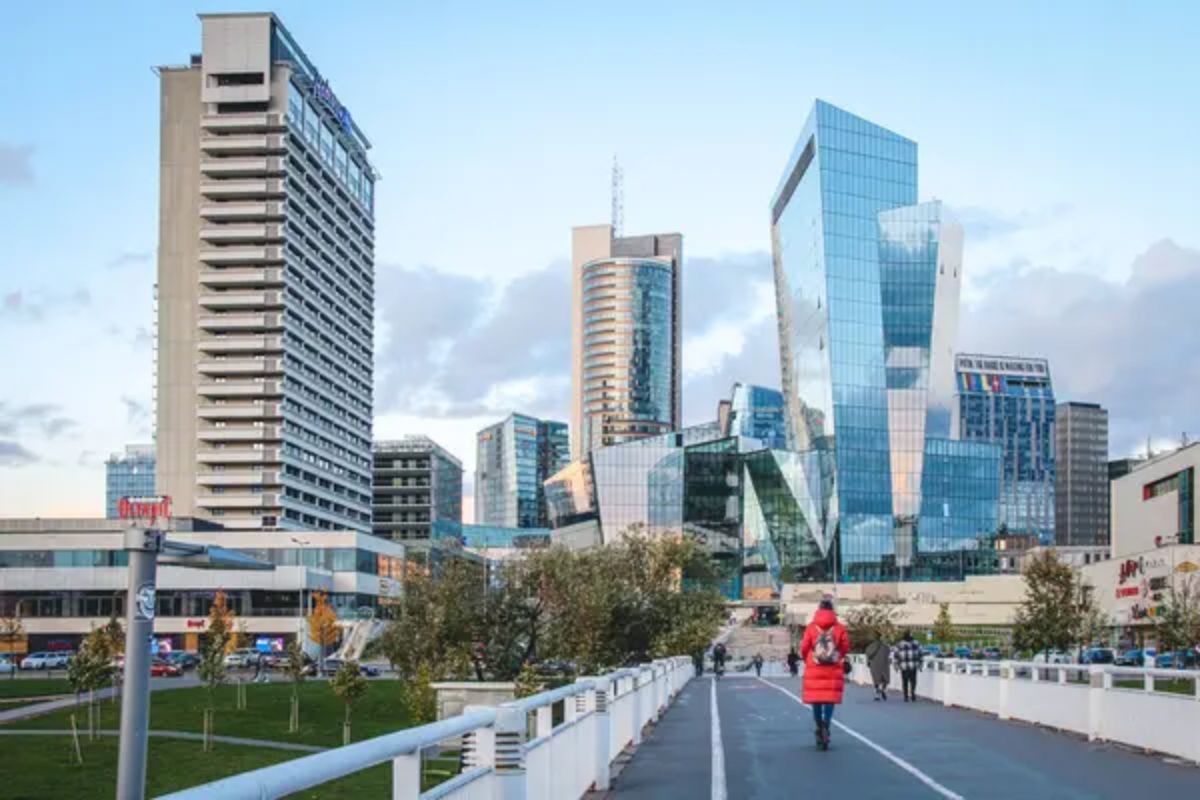
Lithuania’s capital preserves extraordinary church interiors where gold leaf catches candlelight in spaces designed for contemplation rather than spectacle. The old town streets wind between buildings where centuries of paint layers show through worn spots, creating unintentional color studies as walls age naturally.
University buildings maintain a scholarly atmosphere through courtyards where fallen leaves remain undisturbed except by student footsteps between classes. The city’s position between East and West creates cultural layering visible in architectural details, combining multiple influences rather than maintaining stylistic purity.
Like Travel Pug’s content? Follow us on MSN.
Sarajevo’s East-West Transition
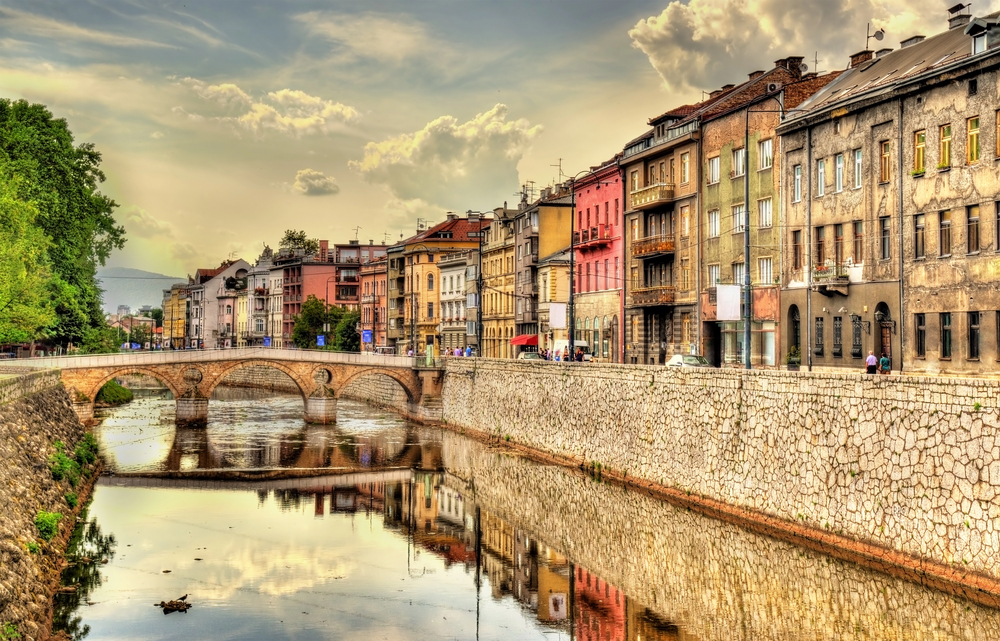
Bosnia’s capital marks transition points between architectural traditions—Ottoman and Habsburg, Eastern and Western—within walking distance along the main thoroughfare. The old bazaar area maintains wooden structures and copper crafts that develop distinctive patinas as metals react with environmental conditions over decades.
The transition from Ottoman coffee service to Habsburg café culture happens within blocks, creating zones where different concepts of time and conversation visibly emerge through the built environment. The surrounding hills create a natural amphitheater where light quality changes dramatically as the sun moves across the valley.
Tallinn’s Preserved Hanseatic Core

Estonia’s capital maintains a medieval structure where buildings lean toward narrow streets, creating intimate urban corridors that limit light penetration. The old town architecture features gabled rooflines and weathered wood elements that show centuries of Baltic weather effects.
City walls and towers remain largely intact, creating clear boundaries between historic and contemporary zones that help maintain a distinctive atmosphere within. The shorter daylight hours of northern latitudes create extended golden periods when sunlight arrives at shallow angles, enhancing architectural textures year-round.
Wrocław’s Island Cathedral
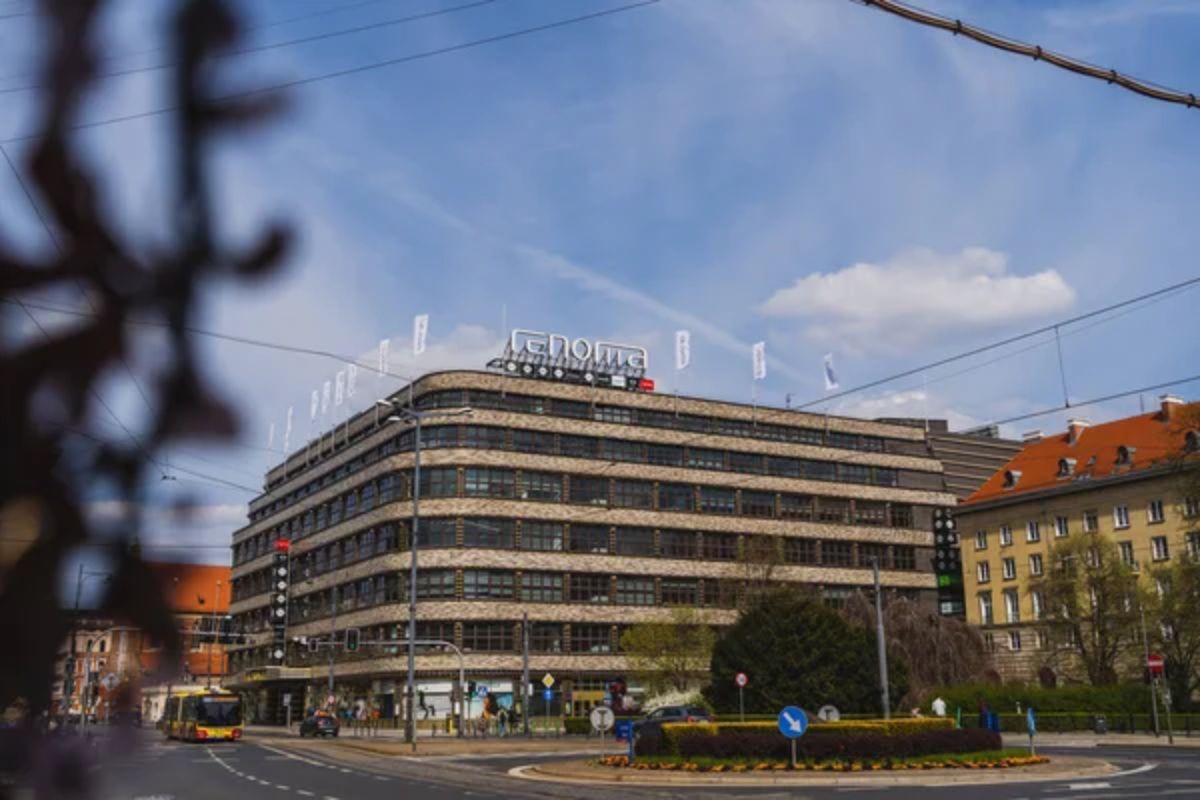
This Polish city spreads across islands and riverbanks where Gothic brick architecture maintains somber dignity regardless of seasonal effects. Cathedral Island features religious buildings where centuries of candle smoke have darkened interiors, creating spaces where shadows predominate, and light enters selectively through stained glass.
The multiple river channels create misty microclimates during temperature transitions, with fog forming around bridges and waterfronts during morning hours. The reconstructed market square maintains traditional color schemes where building facades display subtle variations on amber themes.
Like Travel Pug’s content? Follow us on MSN.
Plovdiv’s Ancient Layers
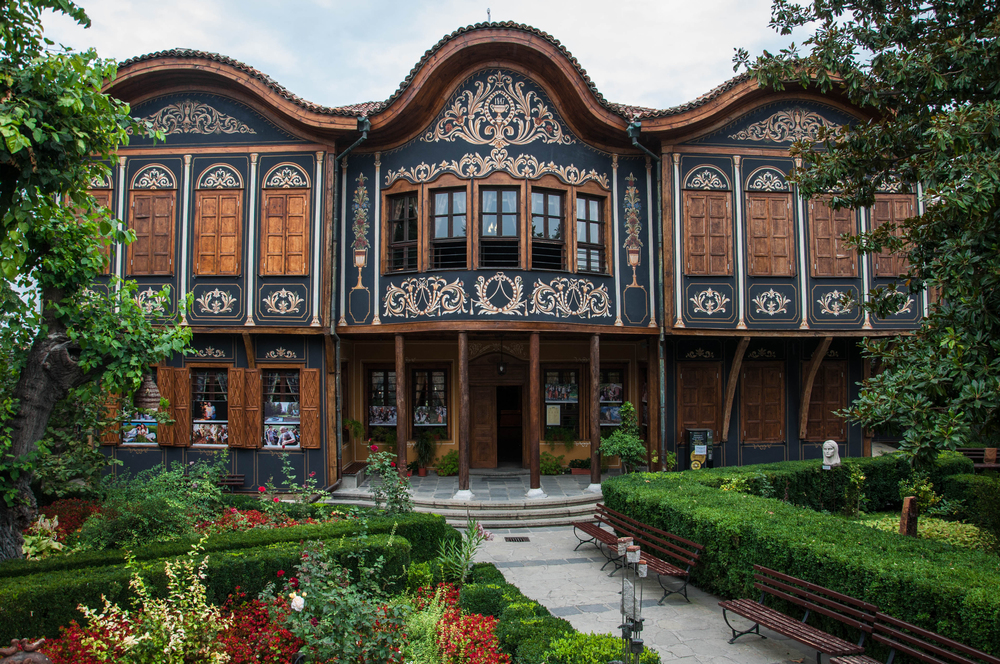
Bulgaria’s cultural capital reveals historical strata through archaeological sites integrated into the contemporary urban fabric rather than separated as monuments. The old town maintains traditional revival-period houses painted in earthy colors that complement the golden stone of the Roman amphitheater and remain exposed throughout the city.
Cobblestone streets follow ancient contours rather than imposed grids, creating walking routes that reveal the city progressively through experience rather than maps. The hilltop position creates natural viewing platforms where the city spreads below like abstract paintings rendered in autumn palettes.
Autumn States of Mind
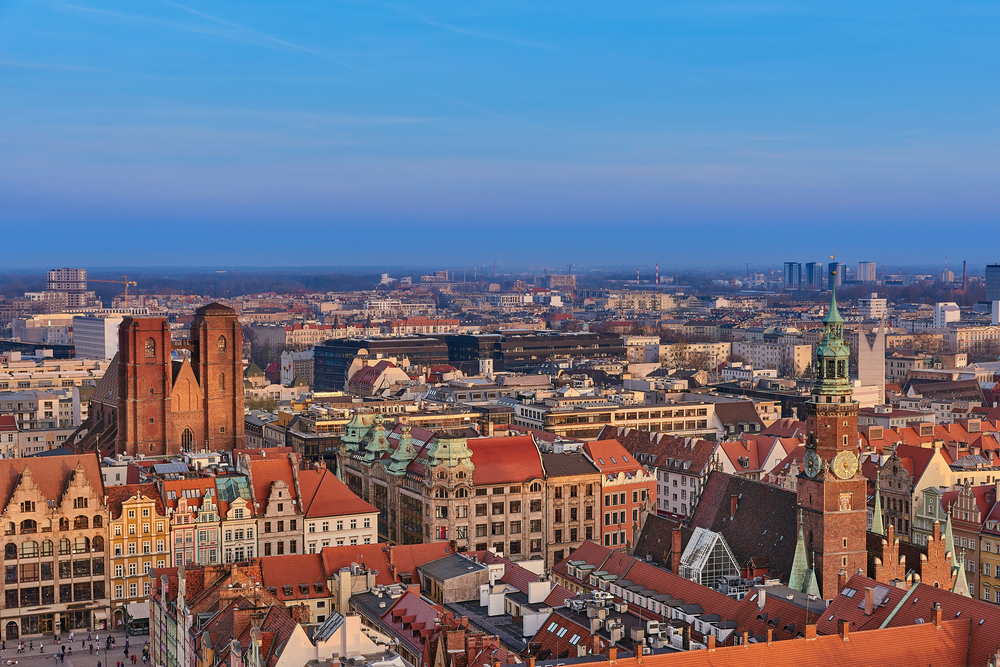
These Central European cities demonstrate how urban environments can maintain seasonal emotional qualities regardless of actual weather or calendar date. They offer visitors opportunities to experience autumn’s contemplative nature—awareness of time passing, appreciation for preservation alongside decay, balance between melancholy and beauty—through streetscapes and architecture rather than natural landscapes.
Perhaps their greatest shared quality involves a relationship with time itself—neither resisting its passage nor rushing toward the future, but acknowledging continuity between past and present through physical spaces where both coexist. The autumn city exists simultaneously in multiple periods, creating environments where visitors naturally slow down and notice connections typically overlooked in more seasonally definitive locations.
More from Travel Pug

- Cities Growing so Fast You Won’t Recognize Them in 10 Years
- 13 Destinations Where Tourists Regularly Regret Their Trip
- 20 Obscure WWII Sites Even History Buffs Don’t Know About
- 10 Under-the-Radar Mountain Towns That Are Both Affordable and Beautiful
- Remote Villages in Europe Where You Can Live for Free in Exchange for Work
Like Travel Pug’s content? Follow us on MSN.
